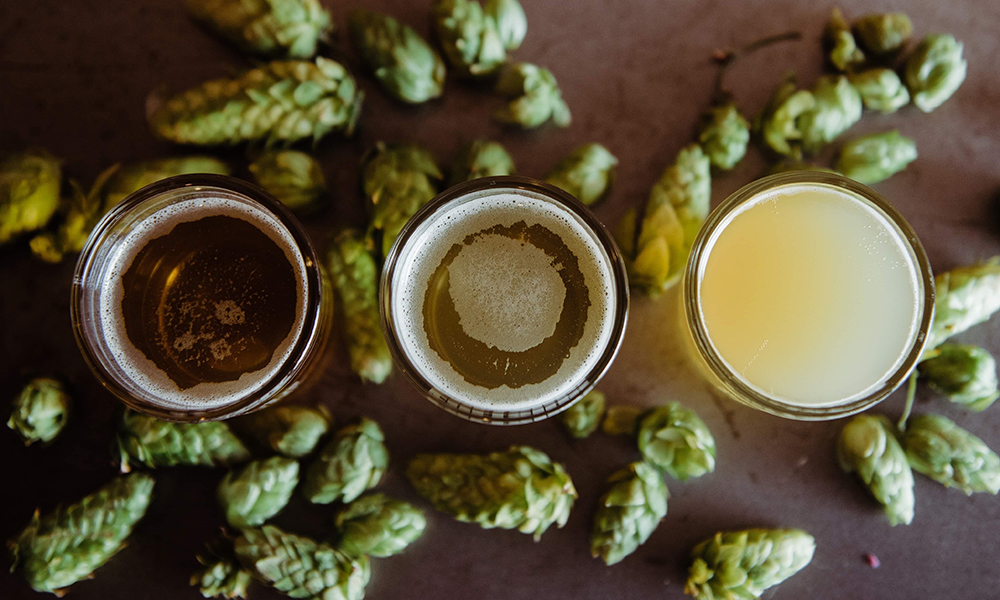You don’t have to be a scientist or a horticulturalist or a brewer to appreciate beer. You just have to have a lively palate and a sense of adventure. You don’t need an advanced degree to grasp the role hops play in shaping beer, either, but beer education is fun, and frankly the more you know about hops, the better off you’ll be in the hop-forward frontier of contemporary craft brewing. There are a lot of hops out there! How do you choose a beer off a tap list if you don’t know anything about the hops used to make it?
Breweries train their front of house staff to answer those questions, of course, but that’s not an excuse to stay uninformed. And for as many hops as there are in the wild, and for as much as it might feel like there are new hops dropping off of vines left and right, the reality is that hops need years’ worth of research and observation before they leave the fields and find their way to brewers eager to make them into the world’s best alcoholic beverage. What this means is, the hops we have now are the hops we’ll have for the near future; best get to know them and get used to them for the interim.
So, to that end, we have gone over the popular, trending hops, as well as the all-timers, to tell you, our Cool Material readers, about the essentials, the hops you absolutely must familiarize yourself with, in modern craft brewing:
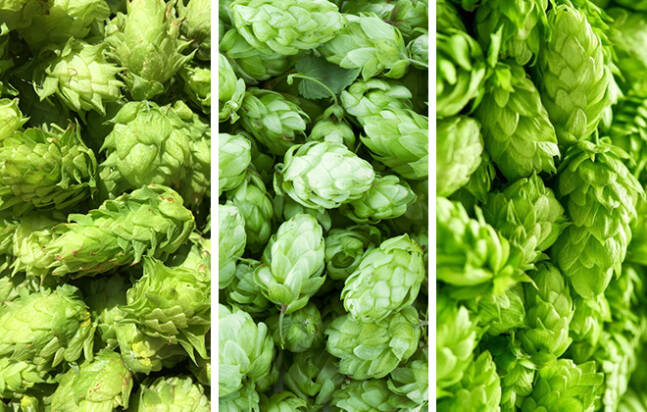
The Trinity: Citra, Mosaic, and CTZ
What looks like three hop choices in the trinity is actually five: The “CTZ” acronym stands for Columbus, Tomahawk, and Zeus–trade names owned by a handful of private corporations for essentially the same variety of hop.
These are all important hops in terms of ubiquity. Unless you’ve managed to go your whole blessed post-drinking age life without trying a single beer that qualifies either as hop-heavy or hop-adjacent, you’ve had a beer hopped with one of these. Different brewers will weigh in with different opinions on what constitutes craft beer’s ultimate triumvirate, but per Hop Growers of America’s 2022 stat report, Citra, Mosaic, and CTZ make up the most-grown hops in the Pacific Northwest. In short, if you don’t know these hops, then you should.
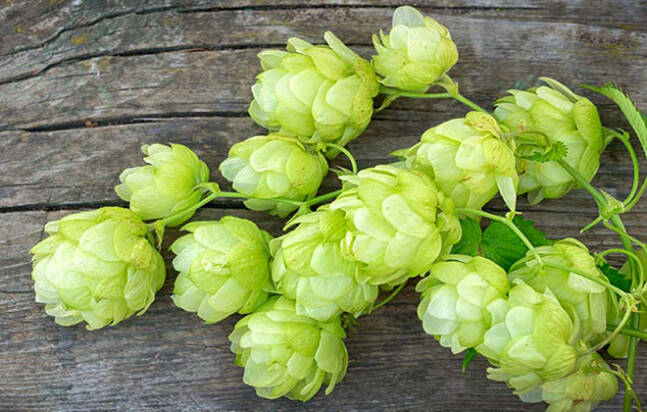
Simcoe
Going strictly based on the HGA hop volume data, this section should be occupied by Cascade. But Simcoe deserves special mention higher up simply because brewers love Simcoe. Beer lovers do, too, but for a brewer, there’s nothing like versatility in a popular hop varietal. That’s Simcoe: A flex hop, most commonly used in IPA of course, but with so many applications that one could brew it into other styles seamlessly. It plays nicely with a ton of other hops, too, and can serve as the star of an IPA or a supporting player in a hop ensemble, adding its prized sappy stickiness and orange notes to beers ranging from Heady Topper, The Alchemist’s forerunner of the New England IPA, to Darkness, Surly Brewing Co.’s monstrous Russian Imperial Stout.
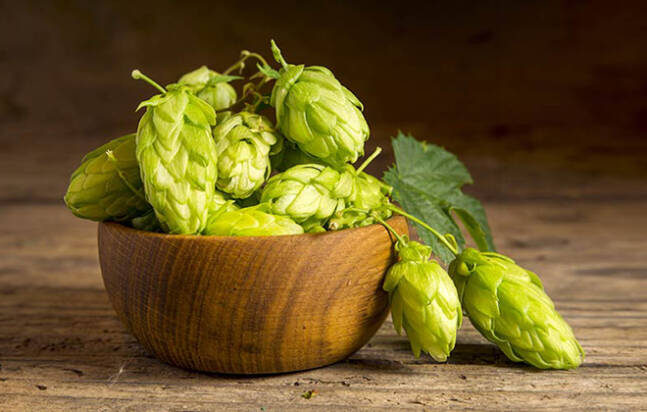
Galaxy
Once a mainstay of hoppy brews, and always among the most expensive hops on the market, Galaxy has fallen out of vogue in recent years. This is partly on account of bad harvests that led to major onion and garlic characteristics instead of the bursting fruit flavors, particularly peach and guava, typically associated with this Australian jewel. If this must be said, then it must be said, but: Neither onion nor garlic are what you want in your IPAs. Fortunately, Hop Products Australia reported not only increased growth in 2021, but increased quality. That might not help with pricing at all, though maybe brewers can cut some deals if they approach sellers with a “once bitten, twice shy” attitude, but if the quality truly is there, then there’s every reason to believe Galaxy will see explosive renewed use in American beer.
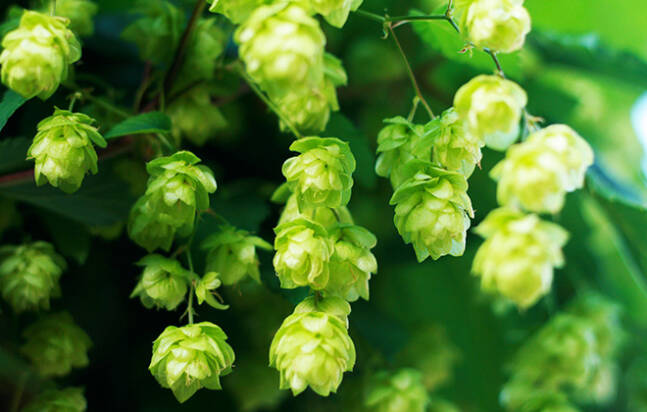
Nelson Sauvin
Everyone has a friend–if you’re reading this, you might even be that friend–who turns their nose up at beer, citing either good reasons (“I just don’t like the way it tastes!”) or bad ones (“Beer is idiot juice for plebes; I prefer wine, the libation of choice among the ruling class!”). There’s probably a middle ground between these two axes. That “friend” might not even exist; they might be a strawman. Whatever. Nelson Sauvin demands attention on its own merits, chiefly on account of its wonderful, white wine qualities. The hop adds zest to beer and a light, soft, grape character that cuts through the flocculent side of aggressive hazy IPAs while enhancing the hop bill’s primary varieties. Bonus: It’s great in single-hop IPA, pale ale, and even lagers. Like Simcoe, Nelson is multifaceted. Unlike Simcoe, its hybridized element imparts dimension from an entirely different fermented beverage.

HBC 586, Strata, and Nectaron
The hop canon, comprising not only Citra, Mosaic, and CTZ, but Cascade, Simcoe, Amarillo, Saaz, Chinook, and Centennial, give or take a couple other names, is well established. It takes a lot to butt in on that celebrated roster, much less butt one of its members out. Happily, craft brewing is a huge umbrella with room for all kinds of hops, but because new hops take time to develop, produce, and bring to market, any moment where new varietals seize a foothold in brewers’ collective consciousness is a moment worth savoring.
To that end: Watch out for HBC 586, packing notes of mango, lychee, and burnt poplar; Strata, basically a delivery system for both dankness, because why smoke your pot when you can drink it, and strawberry, an unheard of note among most hop varietals; and Nectaron, Citra’s New Zealand cousin. Strata in particular took off in 2022, while HBC 586 and Nectaron are finding their way into new beers this year.

